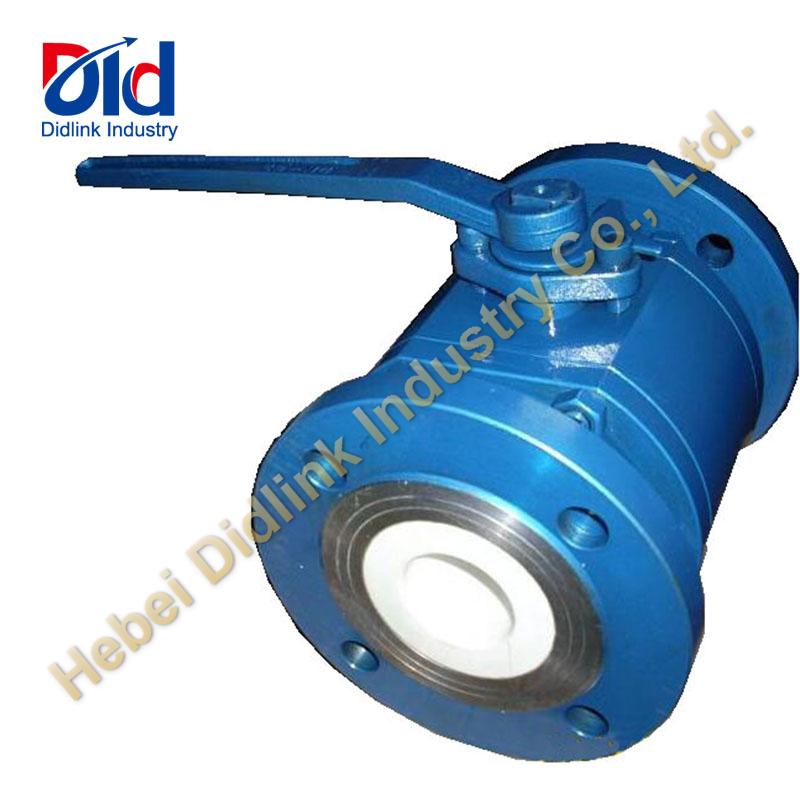Key points of cryogenic valve design!

Cryogenic valves are widely used in the fields of fertilizer, LNG and petrochemical industry. Except for liquid nitrogen and other liquid inert gases, most of the media controlled are not only flammable and explosive, but also gasification occurs when they are heated or flashed. , Resulting in rapid expansion of the volume, easy to cause leakage and explosion. In the industry, the valves used in the medium temperature below -40 ℃ are generally called CRYOGENIC VALVEs, and the valves used in the medium temperature below -101 ℃ are called ultra-low temperature valves.
Material selection for CRYOGENIC VALVEs:
The mechanical properties of steel at low temperatures are different from those at room temperature. In addition to strength, low-temperature impact toughness is the more important index for low-temperature steel. The low temperature impact toughness of a material is related to the brittle transition temperature of the material. The lower the brittle transition temperature of the material, the better the low temperature impact toughness of the material. Metal materials with body-centered cubic lattice such as carbon steel have low-temperature cold brittleness, while metal materials with face-centered cubic lattice such as austenitic stainless steel have basically no impact on the impact toughness of low temperature.
Low temperature valve body, bonnet and other pressure-resistant parts are usually made of materials with good low temperature strength and toughness. At the same time, factors such as weldability, machinability, stability and economy must also be considered.
When designing, three low-temperature levels of -46℃, -101℃ and -196℃ are commonly used. Low-temperature carbon steel is generally used for -46℃ low-temperature grade, and 300 series austenitic stainless steel is generally used for -101℃ and -196℃ low-temperature grade. This stainless steel has moderate strength, good toughness and good processing performance.

 JACKY
JACKY